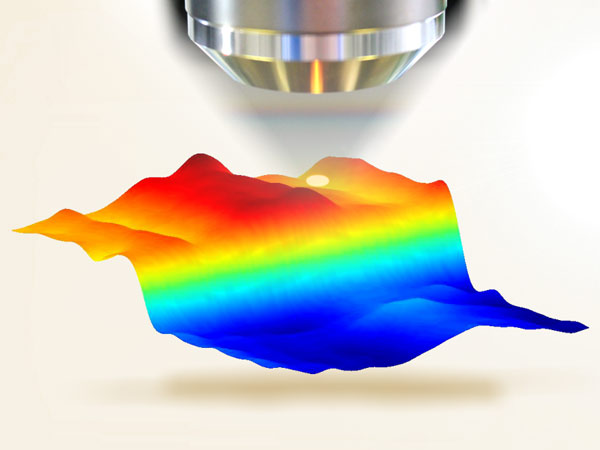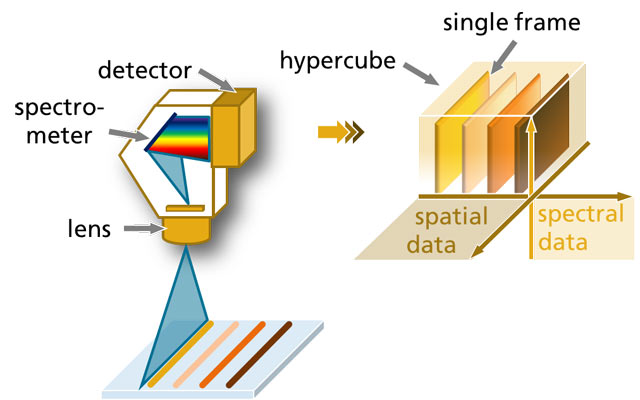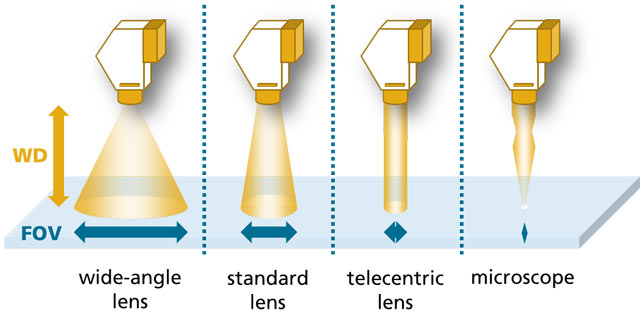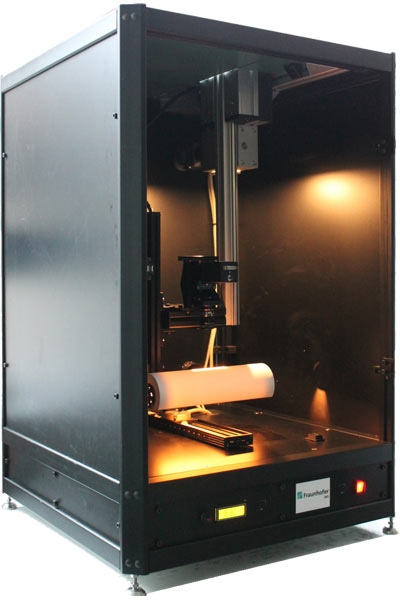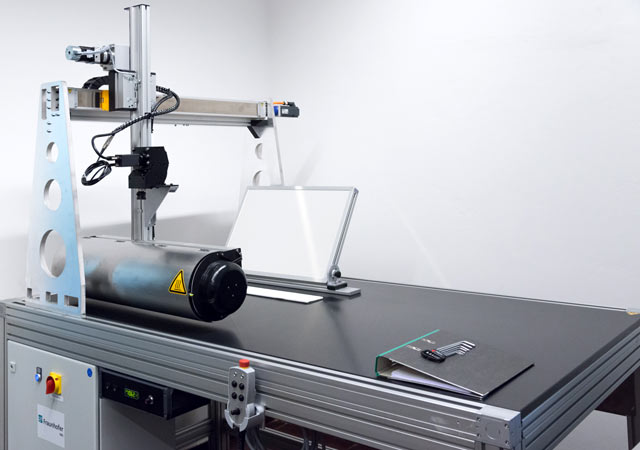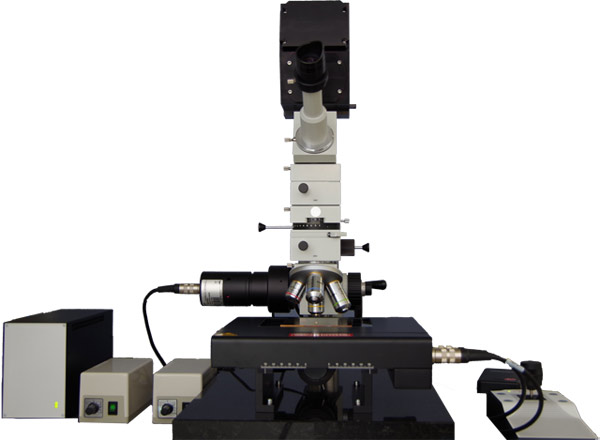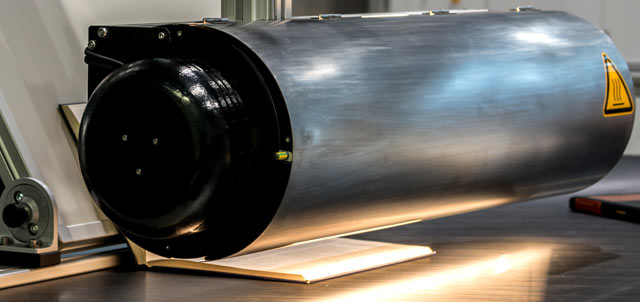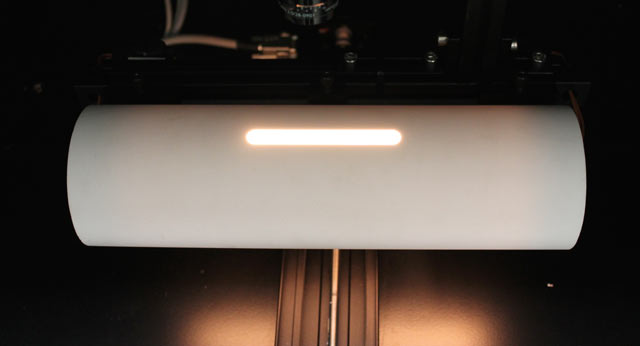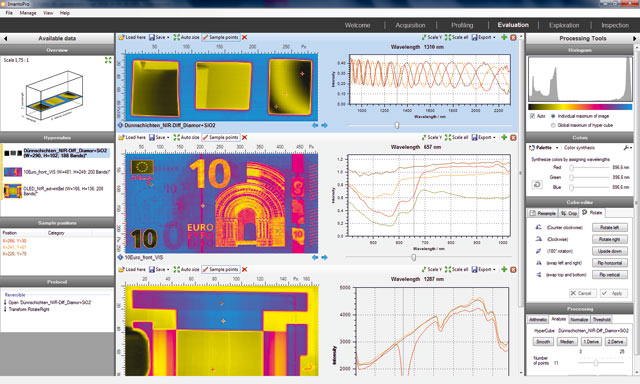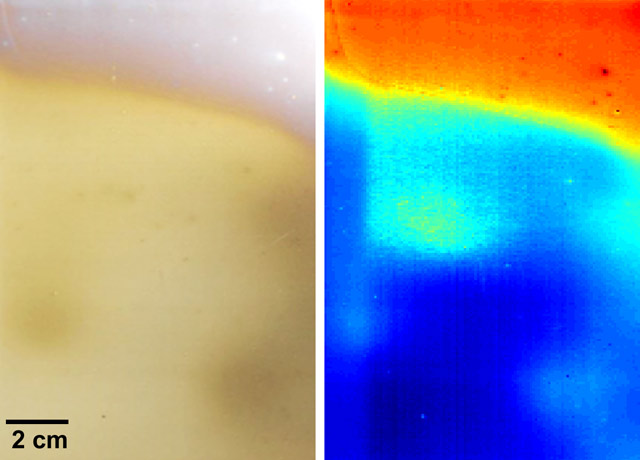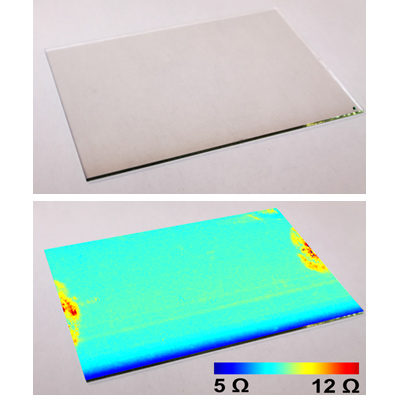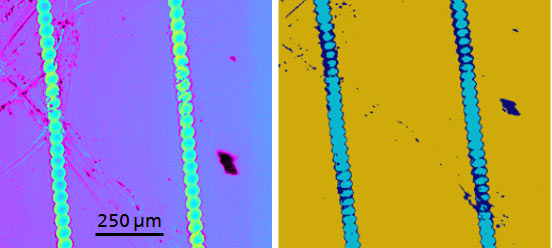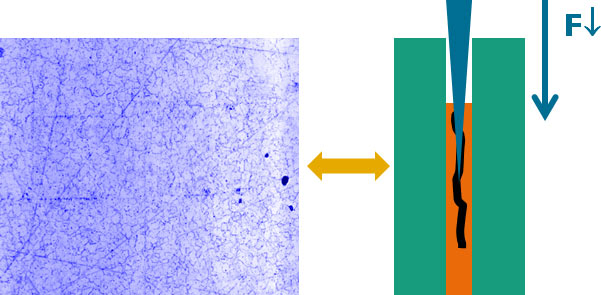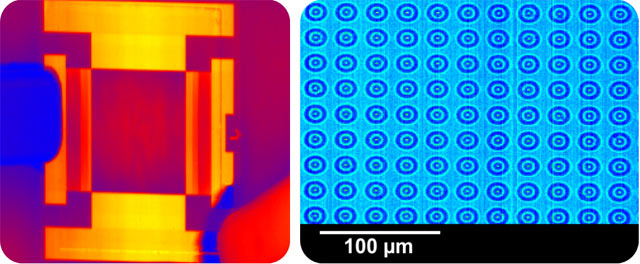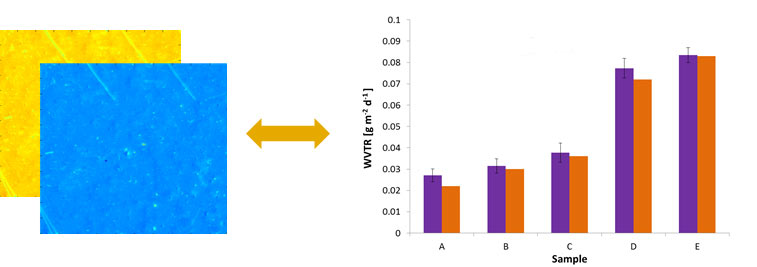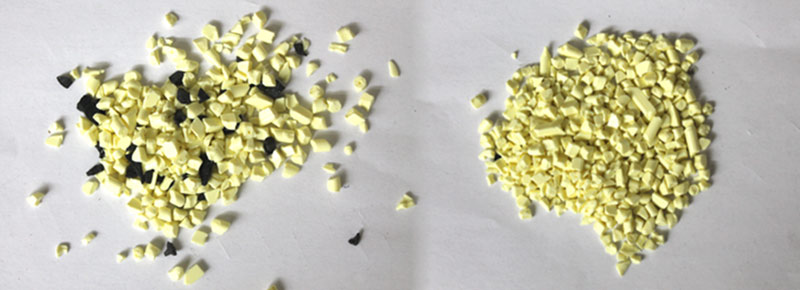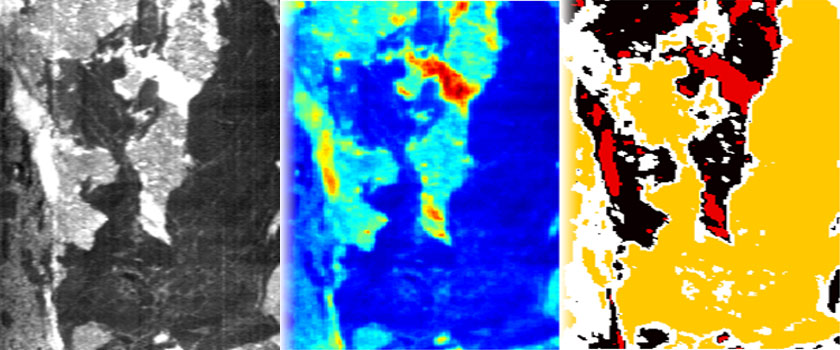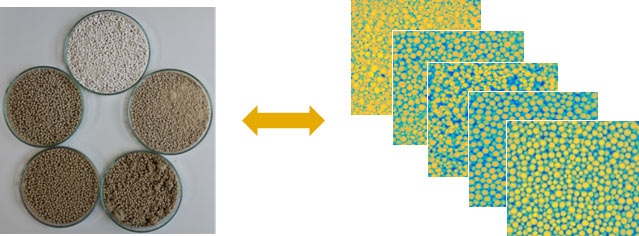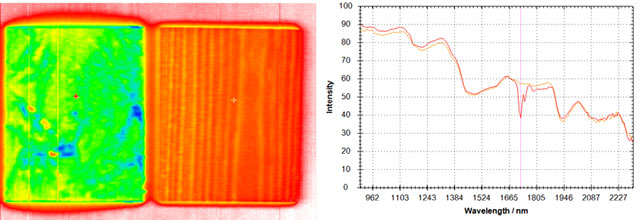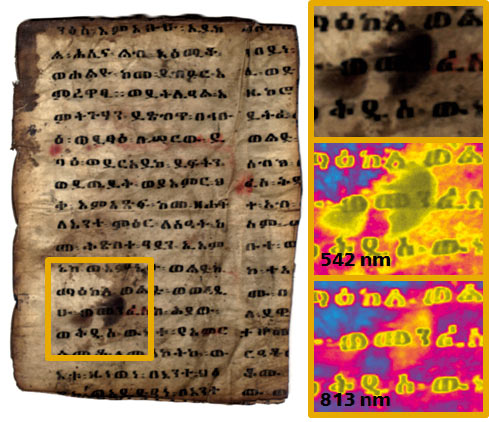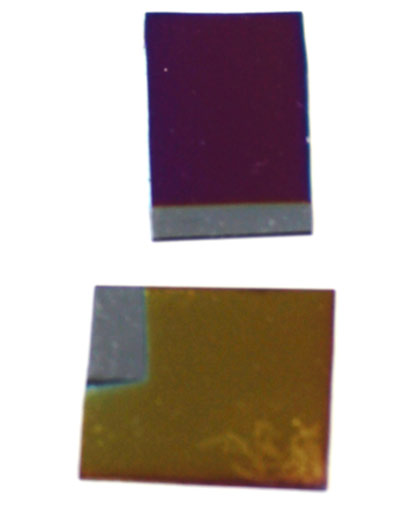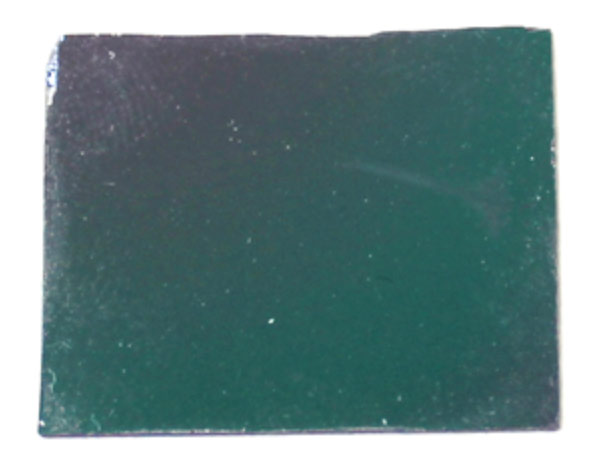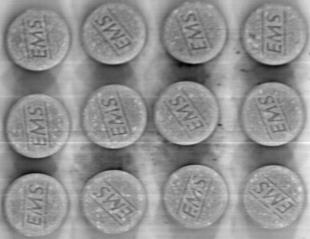imanto® - imaging tools


Imanto® provides an ideal platform to develop application- and customer oriented solutions for the spectroscopic and optical imaging technology. Apart from process monitoring systems, stand-alone applications and tailored customer’s solutions can be offered as well.
The imanto® platform comprises a unique system of hardware solutions and offers a flexible software platform with the possibility of chemical-statistical evaluation and solutions of your individual demands. The system operates in an on-line as well as in a real-time mode, as required.
Highlights of the imanto® platform
- tabletop system imanto® obsidian
- customized large-scale setups as well as at-line, on-line and in-line process setups
- flexible lighting solutions imanto® lighting
- hyperspectral microscope imaging imanto® microscopy for highest spatial resolution and with the option for near infrared range
- software package imanto® pro for real-time data processing and evaluation, highly optimized for fastest calculations
Software imanto® viewer
For a closer look on hyperspectral data (i. e. in ENVI format) you can use our free imanto® viewer and our HSI data sets (HyperCubes).
 Fraunhofer Institute for Material and Beam Technology IWS
Fraunhofer Institute for Material and Beam Technology IWS